In the early 1970s, BMW collaborated with Alpina in order to create a homologation special for the European Touring Car series, based on the existing E9 platform. The resulting 3.0 CSL instantly became the sharpest road version of the model – not because of the strong performance of the 180HP six-cylinder engine, but rather because it had been subjected to a crash diet. The engine block, doors and boot lid were upgraded to aluminium, while the heavy chrome bumpers were replaced with plastic items to further justify the ‘L’ designation (short for Leichtbau, or lightweight) over the regular 3.0 CS models.
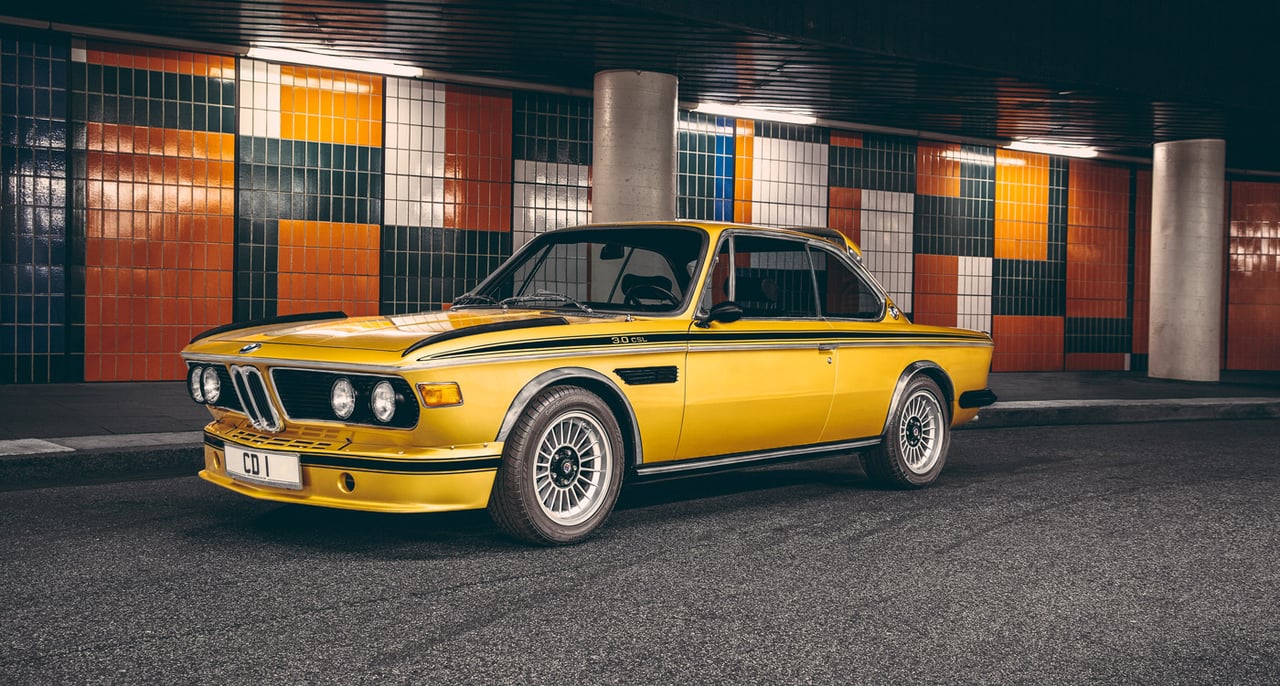
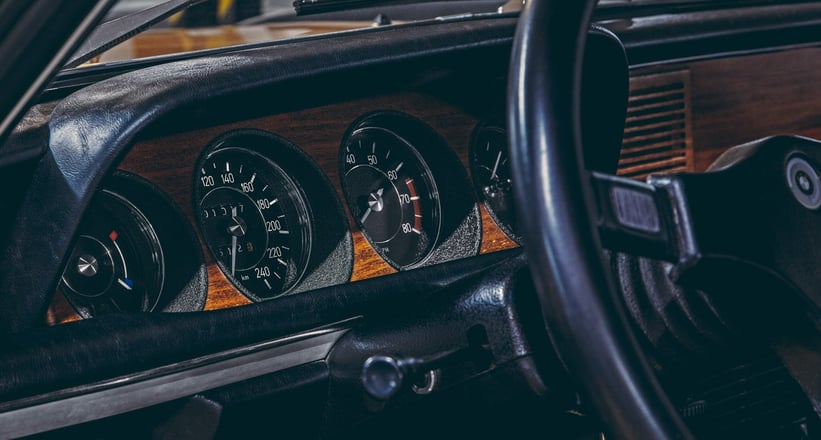
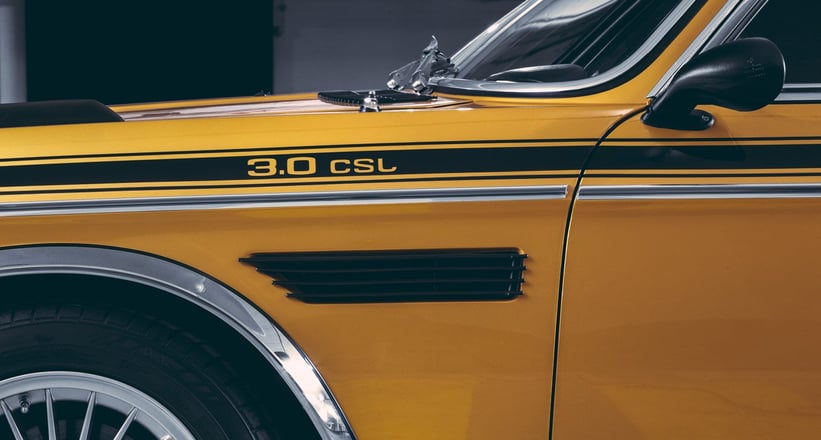
The weight-loss programme even extended to the windows – which were reduced in thickness – and the interior was stripped down to the bare essentials. Practically overnight, the car had rid itself of some 200 surplus kilogrammes, with the CSL tipping the scales at 1,165kg.
CSL meets CCH
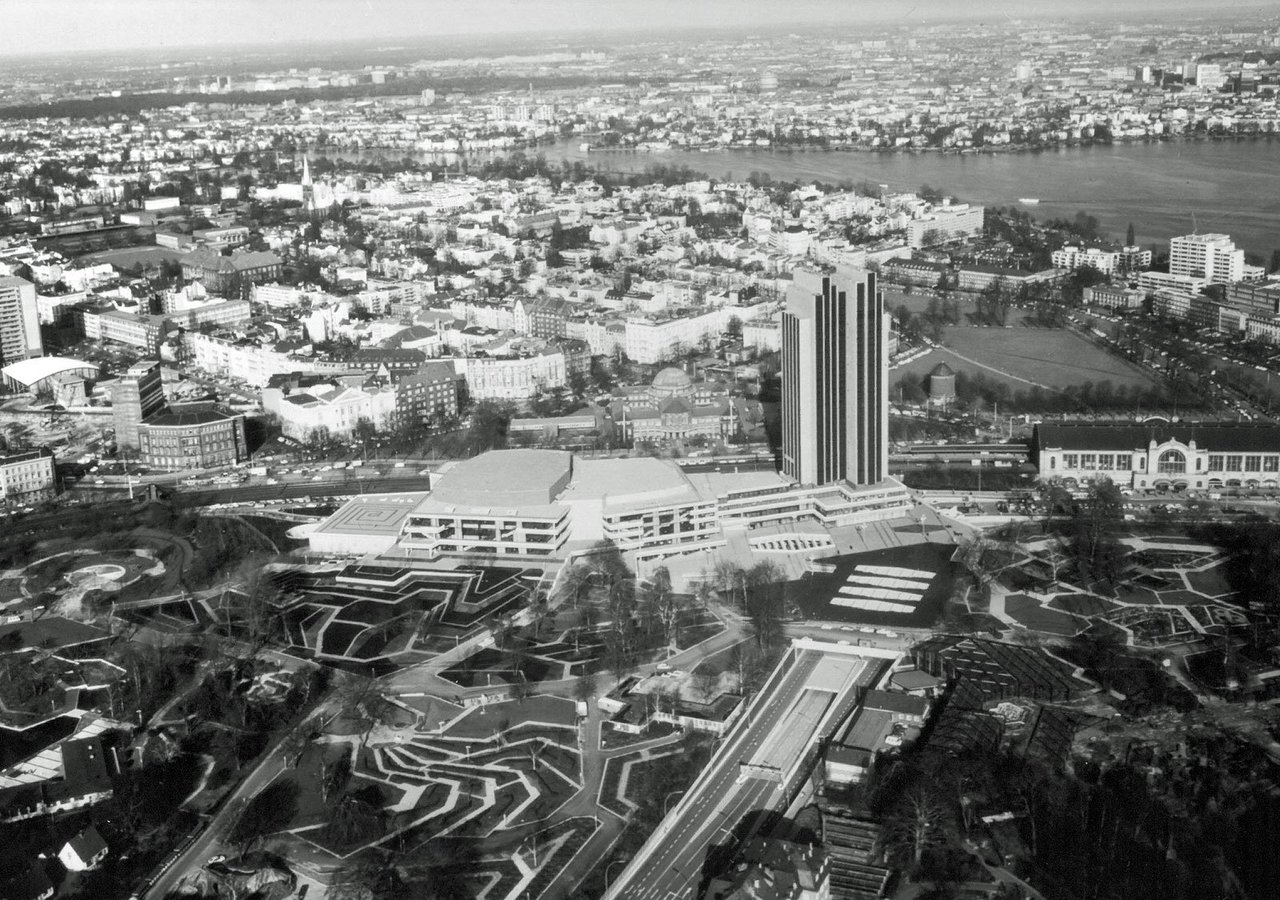
In contrast, the Congress Center Hamburg was anything but lightweight. Opened on 14 April 1973, the 38,000 cubic metre building required much local funding (and even more concrete), with architect Jost Schramm responsible for its hallmark 1970s design. Standing five storeys tall with a two-storey underground car park beneath, it was built for the stratospheric sum of 146 million deutschemarks. Still, at least it was completed – which is more than can be said of its local modern equivalent, the Elbphilharmonie Hamburg.
Glistening in gold
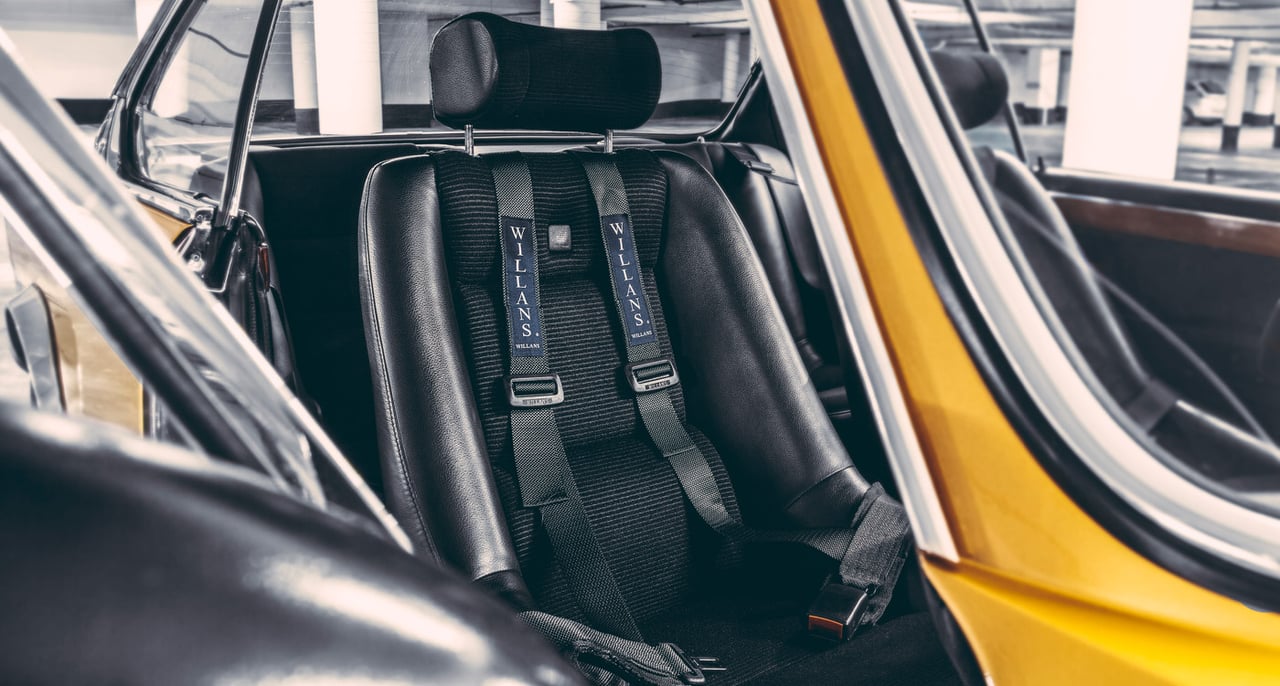
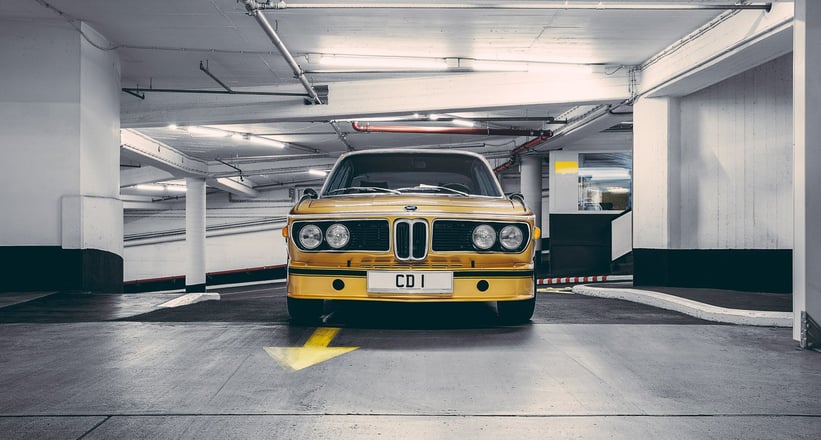
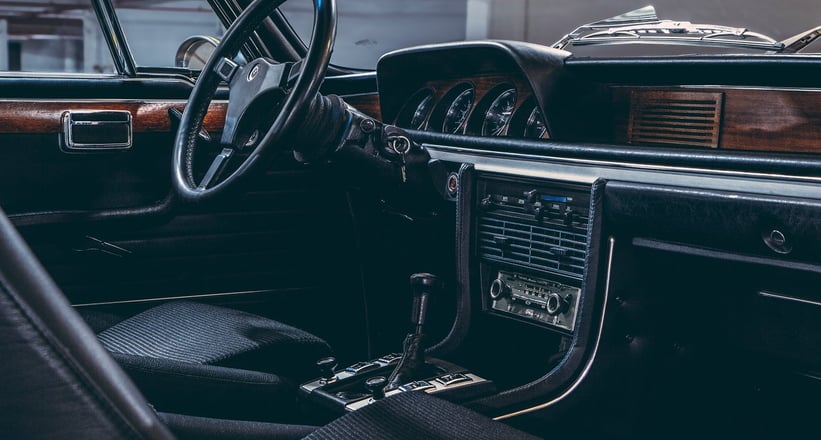
After its opening, several international celebrities and heads of state visited the CCH – but did one ever arrive in a CSL, we wonder? The young porter, who granted us free admission on the day of our production due to his love of the car, wasn’t able to tell us. We all agreed, however, that the golden sculpture on wheels occupying the photographer’s viewfinder represented a perfect symbiosis with the tiled concrete walls of the CCH.
The car pictured...
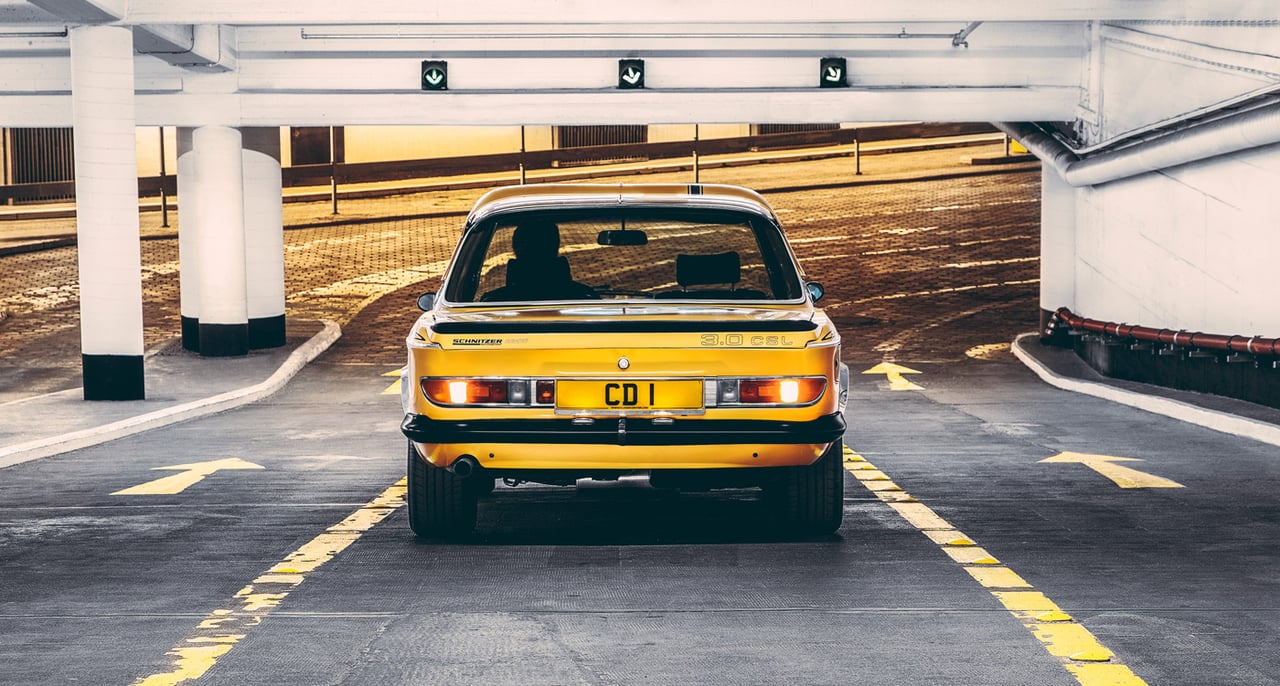
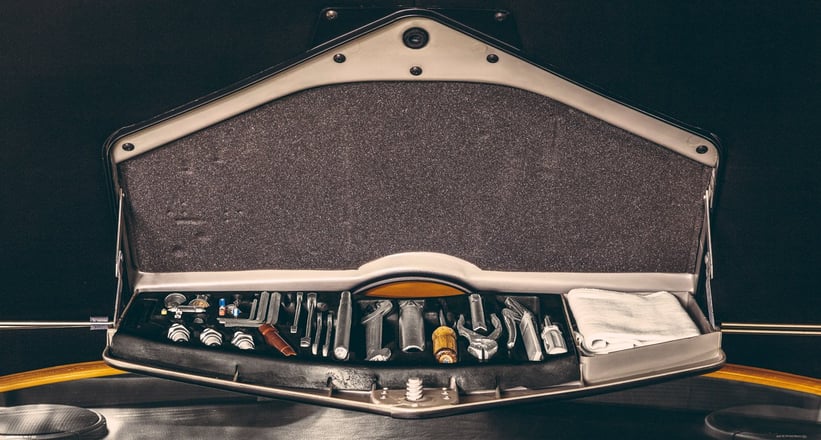

The gold example seen in the pictures (from Hallier Classic Cars) is a 1974 model, one of the third and final evolutions of the 3.0 CSL. The second series brought a fuel-injection system and a displacement increase for the six-cylinder engine, which was enlarged to almost 3.2 litres. In this guise, it produced 206HP at 4,300rpm. It was the third series that earned the CSL its famous ‘Batmobile’ nickname, adding an aerodynamic package that included a roof spoiler and prominent rear wing. Legend has it that when Hans-Joachim Stuck was refueling his company CSL, he was asked whether the primary function of the aerodynamic devices was to hold a pair of skis. Well, we’ve heard of stranger questions asked by uninformed bystanders…
Photos: Felix Liebel, AD: Dustin Lundt


















